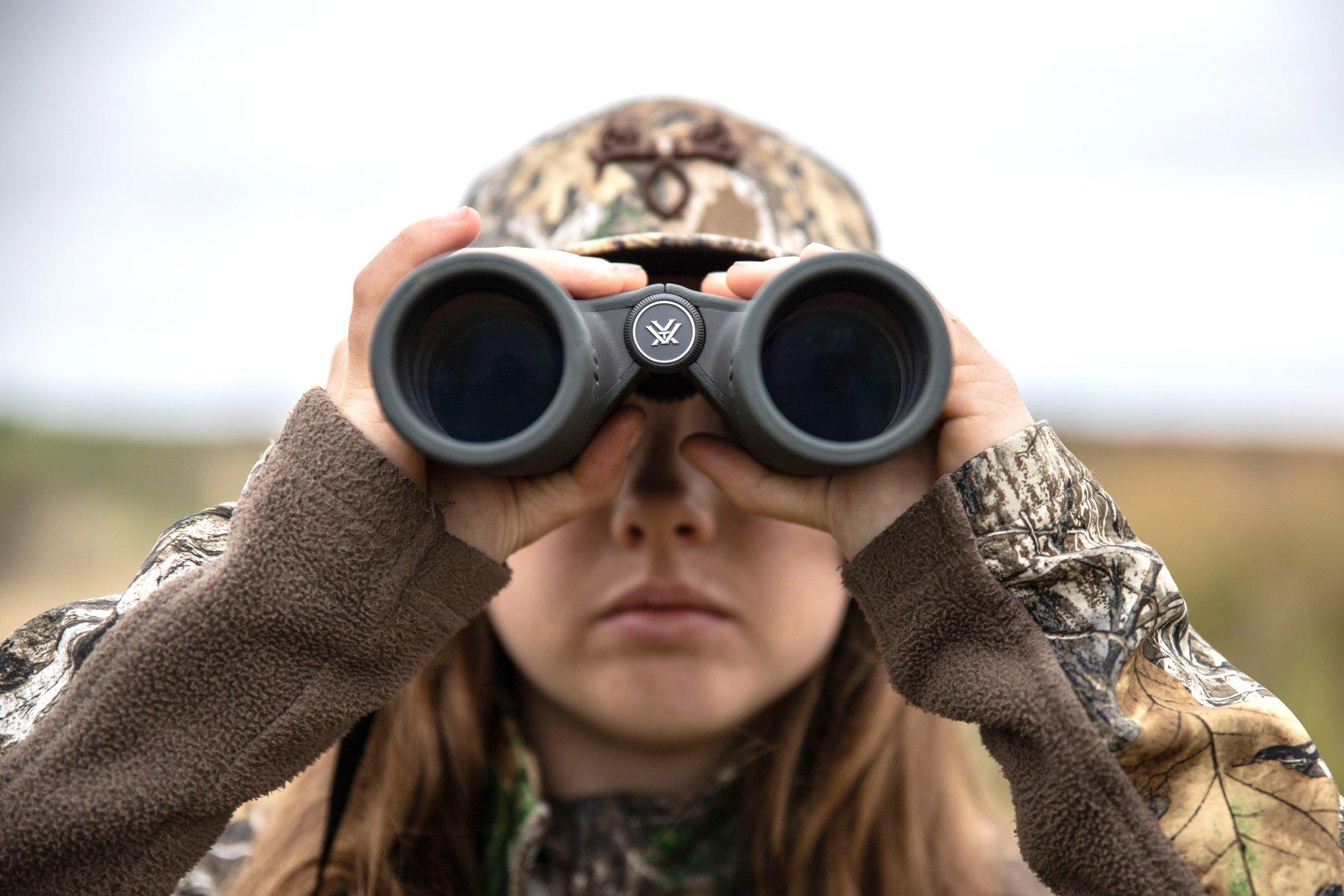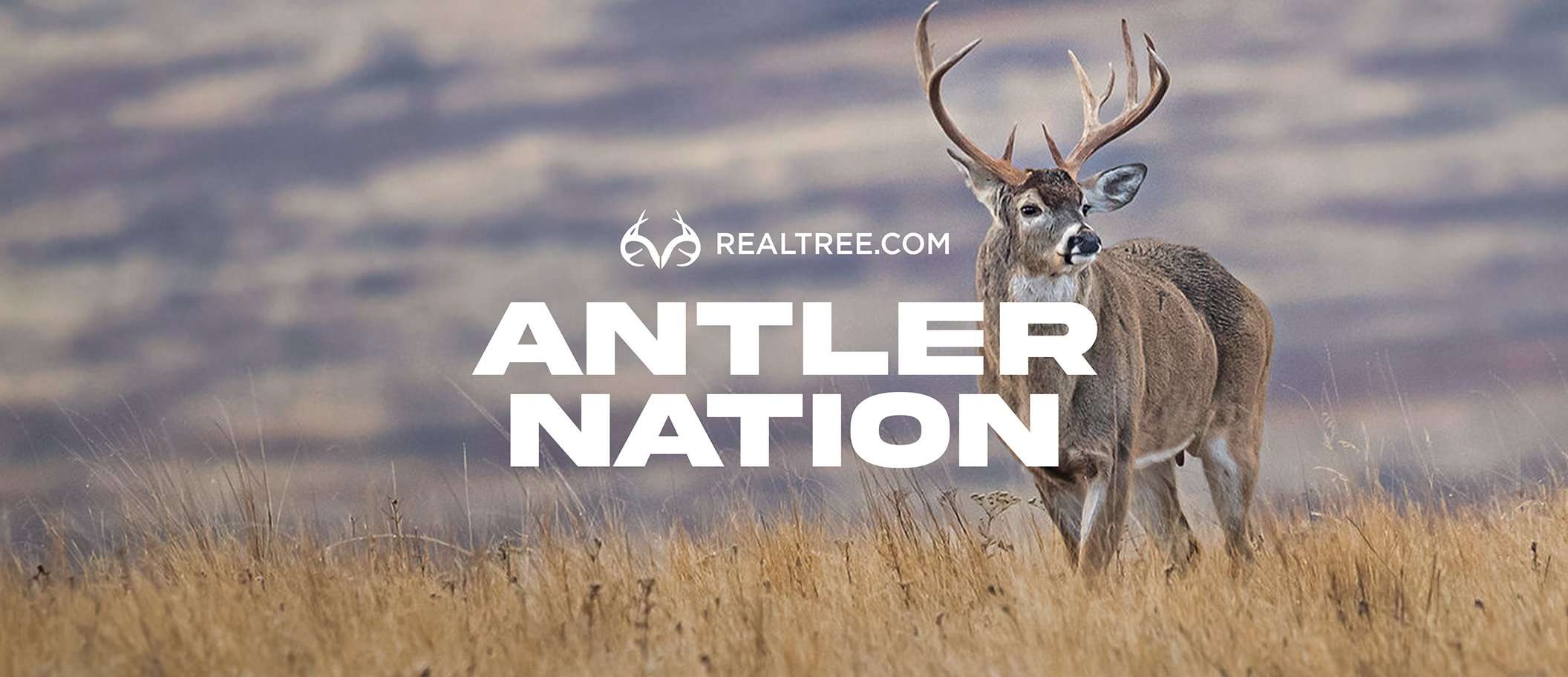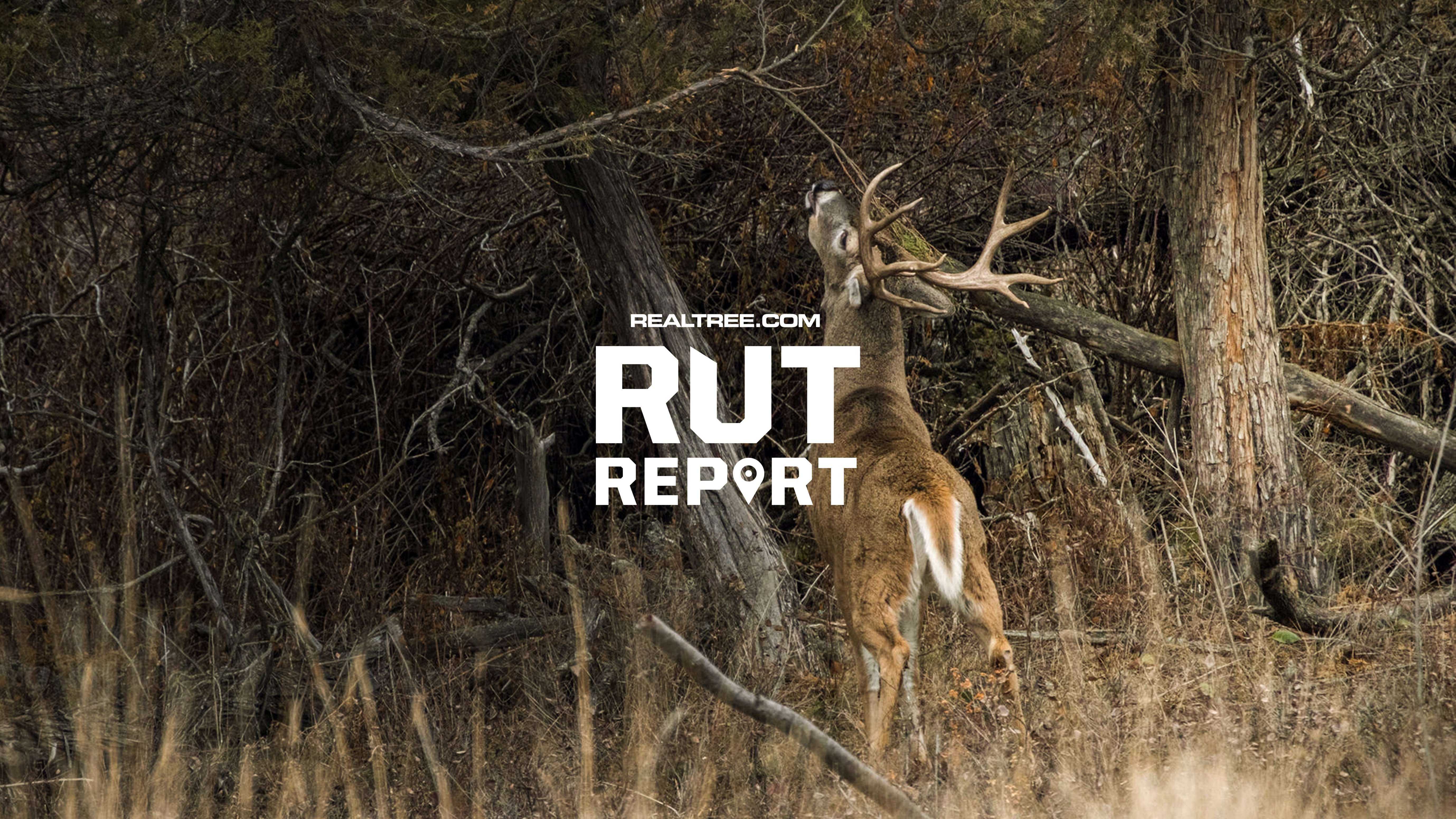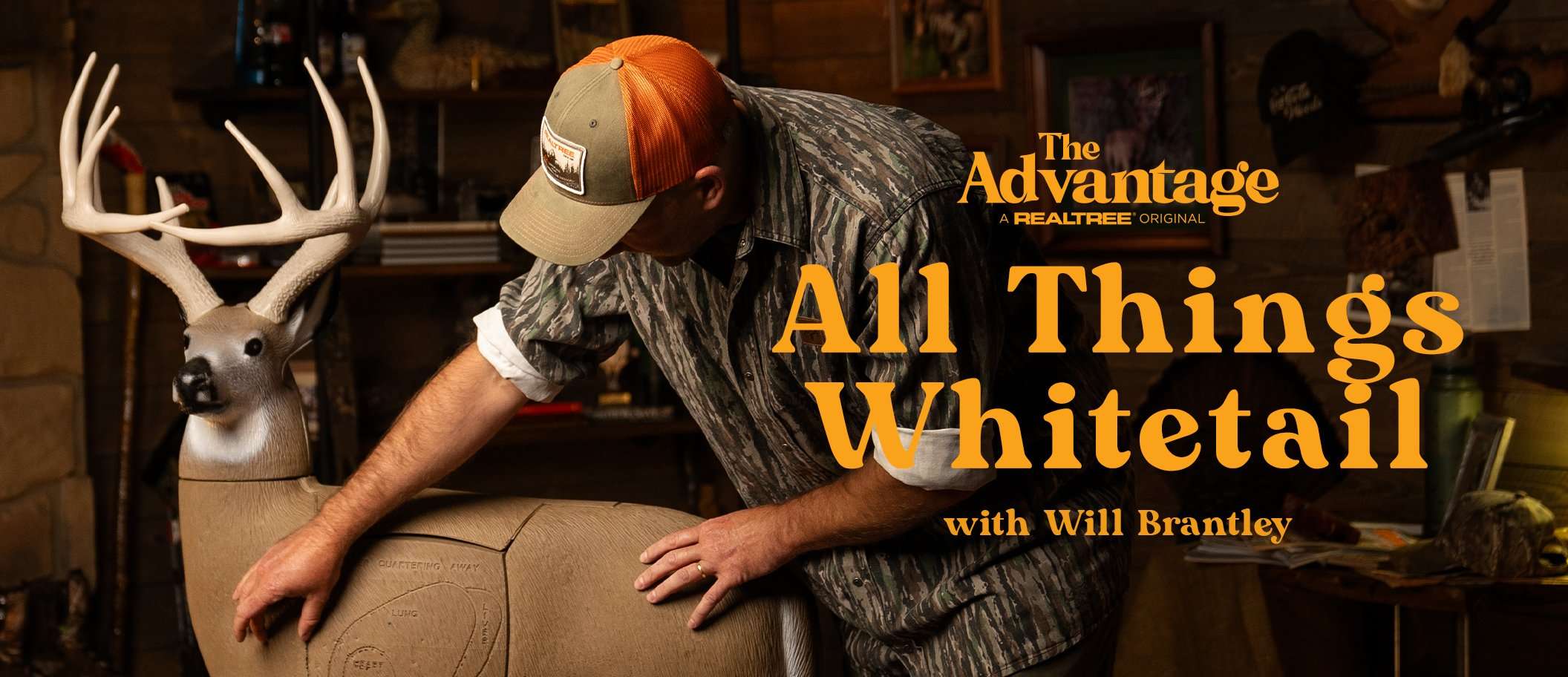Start planning now for the 2025 campaign. You’ll be way ahead of the competition

Scouting is an obvious way to get a jump on next deer season. Put boots on the ground to learn more about deer behavior and travel patterns at your hunting area. Realtree photo.
Your deer season ended a month or so ago, but guess what. It’s time to start the initial prep for next fall. Initiate these four things now and carry on throughout summer, and you’ll be ahead of the game when archery season rolls around in September.
SMART GEAR PLAN
After my last day in a stand in January, I used to toss my gear in a back room, planning to sort it out later. But I’m more organized now.
Yesterday, I checked the screws, strings and accessories on my bows and hung them on ceiling hooks in my gear room. I cleaned the bores of three rifles I used this past fall (a .50-caliber muzzleloader, .30-06 and 6.5 PRC) and wiped the exterior metalwork with gun oil. I locked the guns and ammo in a safe where they’ll stay secure and ready for sight-in this summer.
As for other gear, wash your Realtree camo and base layers in an odor-neutralizing laundry detergent. When they’re completely dry, pack clothes in scent-free carbon or plastic bags. Check knives and saws, and clean and re-sharpen blades. Remove batteries from flashlights, headlamps, your range-finder and trail cameras to prevent corrosion.
Time flies, and before you know it, it’s time to start shooting, scouting and hunting again. Gear-wise, you’ll be ready.
Don’t Miss: Trivia Time: Do You Know These 5 Misconceptions About Whitetails?
RE-EVALUATE YOUR LAND
If you’re satisfied with the public or private ground you hunted this past year, great. But did you lose permission to a farm, lose a lease, or just get tired of the pressure on a WMA near home? If so, start looking for new ground.
I could write a book on how to search for good hunting opportunities on the vast array of public lands across the country, but here I offer my best piece of advice. Think small. Most small to mid-sized and out-of-the-way WMAs or state forests in rural areas have much less pressure than larger public spots near cities. When you’re investigating larger national forests or BLM lands, with tens or even hundreds of thousands of acres to roam, search for remote pockets of ground that are miles off the beaten path and hardest to access via back roads and trails. These hidden gems have fewer people and less pressure. Check state DNR websites and hunting apps for info and maps.
Jump on Google Earth or onX Hunt, and investigate private property boundaries and terrains that look to be in prime deer country. Then ask around work, and knock on doors. You might get lucky and nab permission on small piece of private dirt where deer are eating a farmer’s crops or a homeowner’s shrubbery. If you find a great opportunity, think about paying a lease fee to lock up and hunt that ground.
Whether you go the public or private route, I can’t emphasize how important it is to start looking now.
SCOUT BETTER
Whether you’ll be on new ground in September or a spot you’ve hunted for 10 years, the earlier and more you scout, the better off you’ll be. One thing you can do right now blows all other scouting hacks out of the water.
Drive to a hunt property and start hiking. When you cut a deer trail in the mud or snow, follow it for as far as you can. See how the animals used the terrain, structure and cover as they traveled from bed to feed. Note spots where bucks rubbed, scraped and stopped to bed and rest.
Pay close attention to how deer hugged brushy edges, cut through low spots or curved around fence corners, all of which are potential funneling spots for tree stands. Use a map, compass and your imagination to visualize how a buck worked into the predominant wind, especially the closer he got to food sources and bedding areas. The tighter you nail down how deer use terrain, cover and wind in your spot, the more bucks you will see this fall.
CHECK OUT OUR LATEST CAMO PATTERN: Realtree APX
GET IN SHAPE
Every one of us should make the pledge: Start today to clean up our diet and exercise more. Hiking, scouting, and hanging and climbing tree stands will be easier this fall. And it will be easier and safer to drag out a dead buck.
Most whitetail hunting is not all that physically demanding, so we don’t have work out like Cam Hanes or Joe Rogan. The American Heart Association recommends at least 150 minutes per week of moderate-intensity aerobic activity, such as walking or biking, or 75 minutes a week of vigorous exercise (jogging or rucking hills). Add two or three days a week of weightlifting. Check with your doctor before beginning a new exercise routine. Then get to eating right and moving more to make the 2025 season one to remember.












